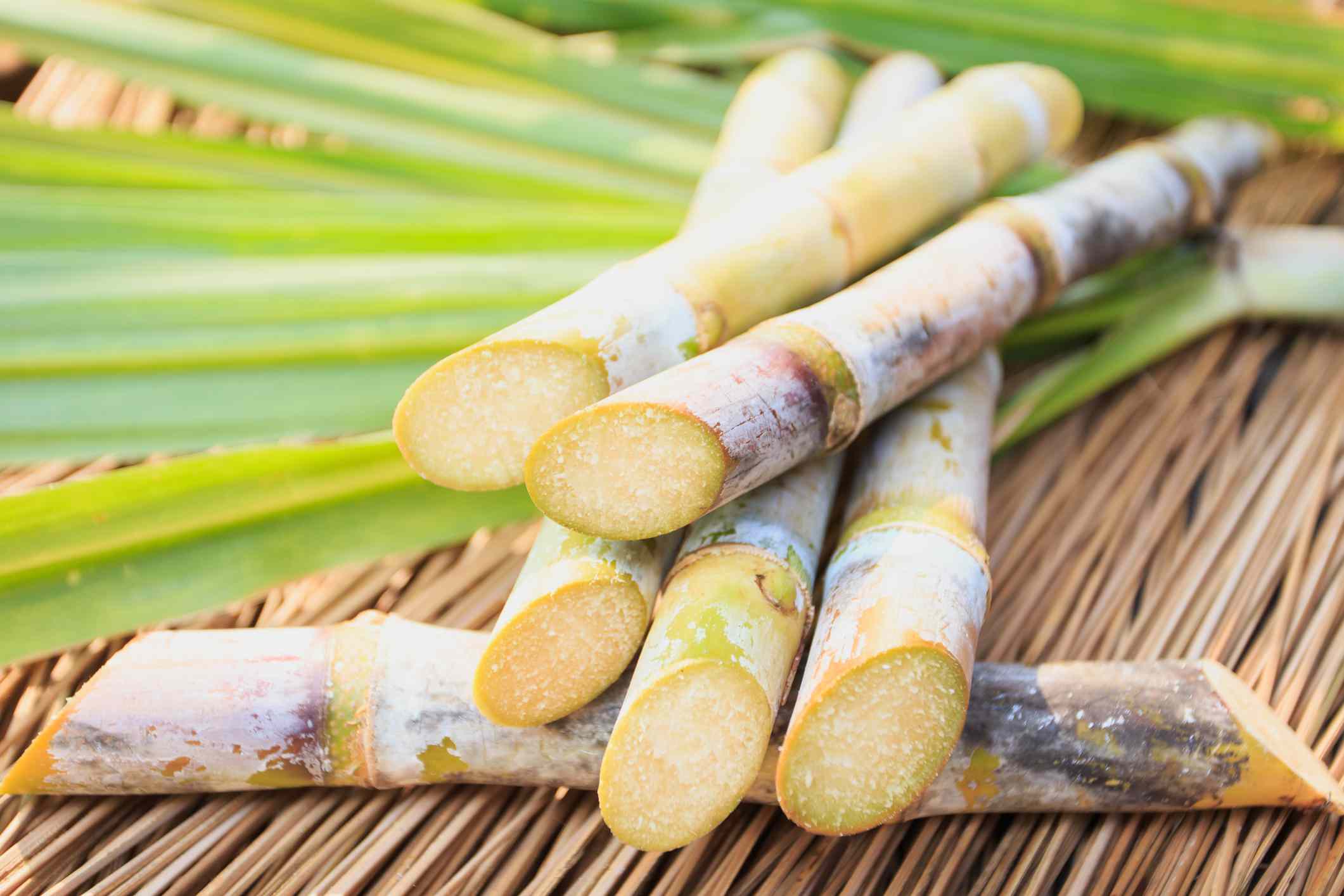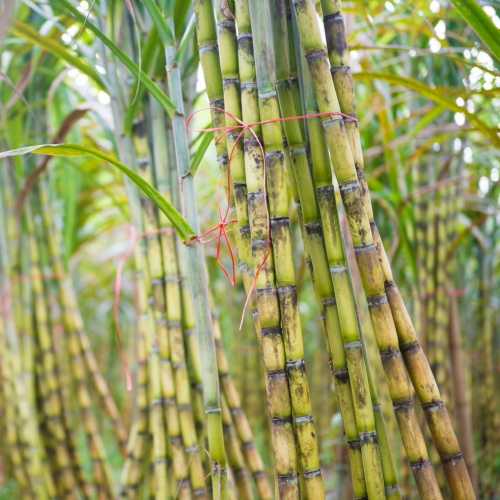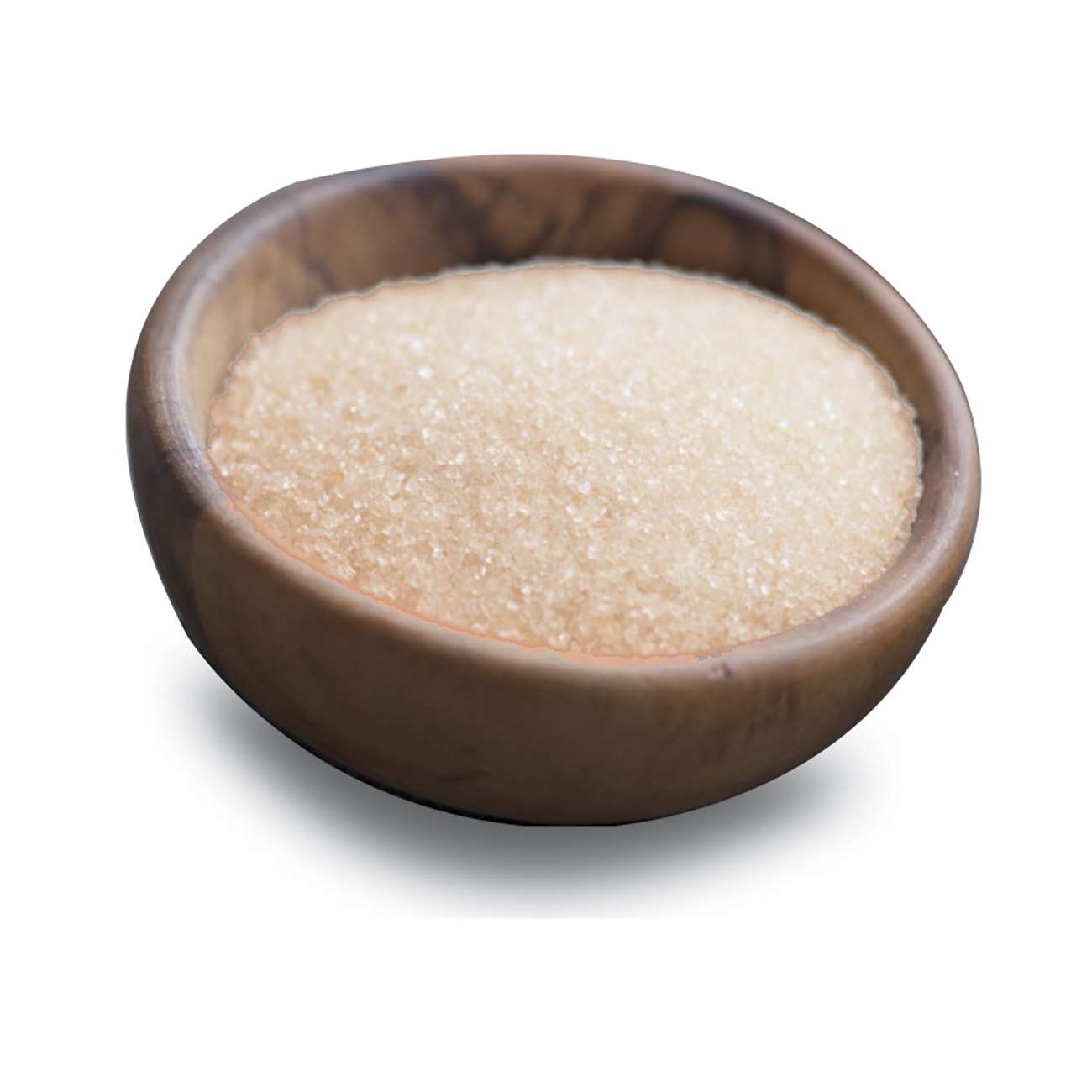Cane Sugar Processing: Key Technologies for Superior Sugar Manufacturing
Cane Sugar Processing: Key Technologies for Superior Sugar Manufacturing
Blog Article
Checking Out the Comprehensive Tips Included in Cane Sugar Processing From Harvesting to Improvement
The procedure of walking stick sugar manufacturing incorporates a collection of intricate steps, starting with the careful harvesting of sugarcane and culminating in the improvement stages that make certain the end product meets industry criteria. Each phase, from the removal of juice to the purification and condensation processes, plays a crucial function in establishing the quality and character of the sugar. Comprehending these stages not only highlights the complexity of sugar production however likewise elevates crucial inquiries about effectiveness, sustainability, and advancement in the market. What ramifications do these elements have for future practices?
Gathering Sugarcane
Gathering sugarcane is a vital action in the walking stick sugar handling chain, as it straight influences the top quality and return of the end product. Appropriate timing and methods are vital throughout this phase to guarantee optimum sugar web content and reduce losses. Commonly, sugarcane is harvested when it gets to maturity, usually 12 to 18 months after planting, defined by a high sucrose concentration.

Post-harvest, the sugarcane must be processed quickly to avoid sucrose deterioration. Ideally, collected walking stick should be moved to refining facilities within 24-hour to maintain sugar top quality. As a result, reliable logistical preparation is essential to keep the honesty of the harvested plant throughout the supply chain.
Removal Process

The smashed walking stick undergoes a collection of pressing procedures to maximize juice recovery. Usually, warm water is splashed onto the crushed walking stick, creating a countercurrent circulation that aids dissolve the sugar while likewise helping in the extraction process. The juice collected from this operation consists of not only sugar yet additionally various natural substances and contaminations.

To improve extraction efficiency, some centers might utilize diffusion techniques, where the sugarcane is saturated in warm water, allowing the soluble sugars to diffuse right into the fluid. The resulting juice, rich in sucrose, is after that directed to subsequent handling phases, laying the foundation for purification and improvement. The removal procedure is thus pivotal in identifying the quality and yield of the last sugar product.
Filtration Techniques
The purification techniques used in walking stick sugar handling are important for changing the raw juice into a premium sugar product. These techniques mainly intend to get rid of pollutants, such as dirt, plant materials, and inorganic materials, which can detrimentally affect the last item's taste and shade.
This procedure includes adding lime and heat to the raw juice, which assists in the coagulation of contaminations. Additionally, the usage of phosphoric acid can boost the explanation procedure by further binding pollutants.
An additional substantial strategy is carbonatation, where co2 is presented to the made clear juice. This response generates calcium carbonate, which catches continuing to be pollutants and advertises their removal.
Moreover, triggered carbon therapy might be used to adsorb any type of staying colorants and organic pollutants, ensuring a more refined item. The combination of these techniques successfully prepares the sugar juice for subsequent action in the refining procedure, setting the phase for the production of top quality walking stick sugar.
Crystallization Methods
After the purification stage, the following critical action in walking cane sugar handling involves condensation approaches, which play a pivotal role in changing the cleared up juice into strong sugar. This procedure generally uses two primary methods: spontaneous formation and controlled crystallization.
In spontaneous formation, supersaturated sugar services are allowed to Cane Sugar Processing cool normally, resulting in the development of sugar crystals with time. This technique is less complex but may result in irregular crystal sizes and lower purity levels. On the other hand, regulated formation is a more specific method where temperature level, concentration, and seeding agents are meticulously managed. This method allows for the uniform growth of sugar crystals and greater pureness.
During crystallization, the clarified juice is concentrated through dissipation, boosting its sugar web content until it reaches supersaturation. As soon as this point is accomplished, either method can assist in the crystallization process. Cane Sugar Processing. The resultant sugar crystals are then divided from the remaining syrup via centrifugation
Inevitably, the option of condensation method influences the quality, size, and purity of the final sugar item, making this action necessary in the total walking stick sugar processing treatment.
Refinement and Product Packaging
Just how can the pureness and quality of cane sugar be even more enhanced after crystallization? The improvement procedure plays a vital role in attaining high-quality cane sugar.
Following, the sugar is subjected to a procedure called centrifugation, where it is spun at high rates to separate the detoxified sugar crystals from the remaining fluid. After centrifugation, the sugar is typically further you could try these out refined through an approach called carbonization or phosphatation, which utilizes turned on carbon or phosphoric acid to remove color and off-flavors.
When improved, the sugar is dried out to achieve the preferred dampness web content, ensuring that it continues to be secure during storage and transportation. The last action includes packaging the polished sugar in moisture-proof and closed containers to keep its high quality and stop contamination. Cane Sugar Processing. Proper packaging not just prolongs rack life yet likewise promotes easy handling and circulation, ensuring that consumers obtain sugar that satisfies the highest possible requirements of pureness and top quality
Conclusion
The comprehensive actions associated with walking cane sugar handling, from the thorough harvesting of sugarcane to the detailed improvement and packaging phases, underscore the significance of each phase in making sure high-grade sugar production. Ideal harvesting techniques, efficient removal techniques, and rigorous filtration procedures jointly add to the end product's purity and security. The formation and subsequent product packaging practices even more boost the honesty and rack life of the sugar, highlighting the intricacy and precision intrinsic in this crucial agricultural industry.
The process of cane sugar manufacturing includes a series of detailed actions, starting with the mindful harvesting of sugarcane and culminating in the refinement stages that make sure the final product meets sector requirements. Ideally, collected walking cane should be delivered to processing facilities within 24 hours to maintain sugar quality.In spontaneous condensation, supersaturated sugar remedies are permitted to cool naturally, leading to the development of sugar crystals over time - Cane Sugar Processing. The refinement process plays a vital function in click here for info attaining top notch cane sugar.The thorough steps entailed in cane sugar handling, from the thorough harvesting of sugarcane to the detailed refinement and packaging phases, emphasize the significance of each stage in ensuring premium sugar production
Report this page